This article was first published on August 20th, 2014, soon after Dungeons And Dragons first launched fifth edition. In honor of Gygax Day and our own RPG month, we've decided to update our review. It's been redesigned more as a lookback to the origins of this new edition, and all of the things that have come after.
When you try to talk about Dungeons & Dragons, how do you begin? Where do you begin? This is a game that you can call an institution, a grandfather to the gaming industry as a whole. It ushered in not just one, but many worlds of dungeon crawling, of possibilities. You can certainly argue that it's what helped create a rich video game industry filled with back story and imagery, that without this predecessor, we would have never seen games such as Baldur's Gate appear. This RPG is an ancient ancestor that has managed to not just stay in the game, but thrive. It started in 1974, and it reinvented itself yet again after celebrating its fortieth birthday; in a world filled with flashing screens and instant gratification, this game world still stands tall on principal. It has been determined to prove that even though we live in the digital world, it still has something unique and exciting to offer.
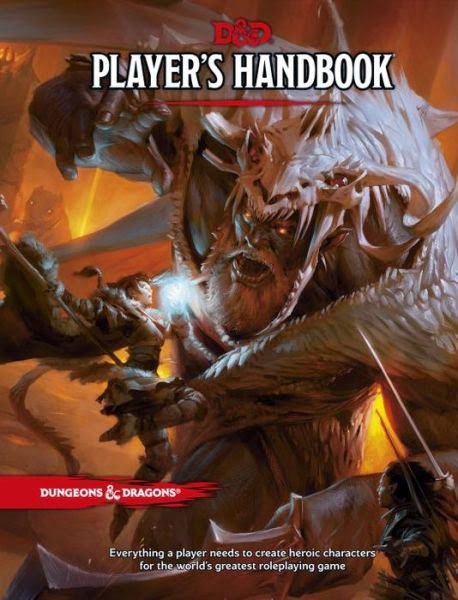
A relic of the past, yet still relevant.
Let me save you some time: Dungeons & Dragons, and any table top RPG, certainly does have something to offer. It's an experience that is entirely different from a video game, something that requires more effort, but gives you more reward. Still, you might find yourself still asking if tabletop RPGs are still relevant. Have they adapted to the 21st century?
The Next In Line For The (Troubled) Throne
There was a lot of anxiousness and anticipation about this edition's release in 2014. Six years earlier, Wizards of the Coast released the Fourth Edition of the franchise. It was a dramatic departure from previous editions, changing the style of art, the rules, and the feel of the game in a way that aliened much of their fanbase. It was an attempt to modernize, to keep up with a changing world that was now fully enmeshed now with a fast paced internet. Every character got ridiculously epic attacks, and a lot of the rules for governing role-playing were pulled out of the system for more combat focused events. Interviews with its designers stating they wanted to have people feel like they always had an ability to use like in MMORPGs. In a lot of ways, the gaming world had come full circle; incredibly popular games like World Of Warcraft were hitting their apex, having built on worlds that had been based in fantasy lore and Gygax's ideas. In 2008, it was Dungeons & Dragons now copying from the games it inspired, desperately trying to keep up with changing times.
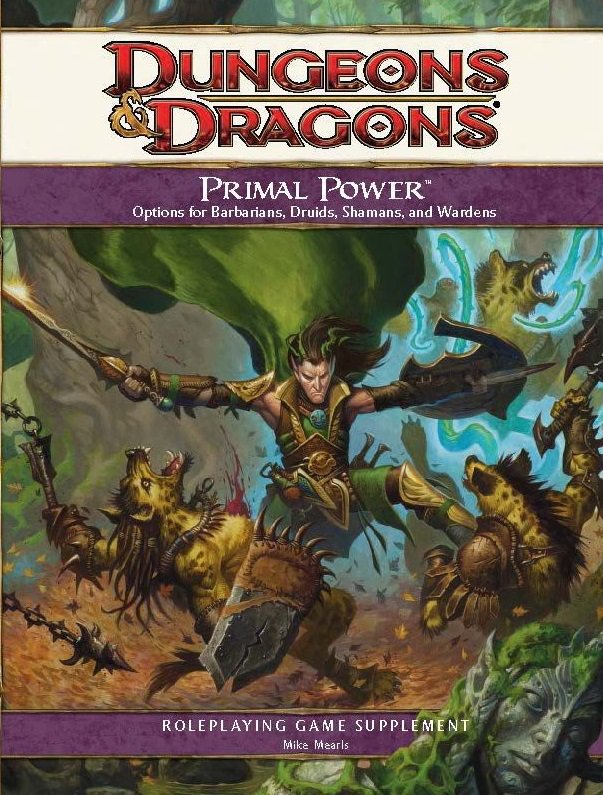
4th edition was boldly experimental, but several design choices took it too far from its roots.
Something to keep in mind about most tabletop games: it isn't just about the combat, but about how you can try and color outside of the lines. Its about the fact that you try anything you like, restricted only by the imagination of the other players rather than computer code. You aren't limited to just a list of abilities, letting you take your character sheet and exploring every possible option with what's written there. Sure, I'm going to play a three and a half foot person with no physical prowess - a Halfling - but that just means I am going to use that to my advantage. Maybe I'll goad people into arm-wrestling matches in a tavern, then use spells I've prapared to win the bets with strength I shouldn't have. Cast illusions of much bigger warriors while so I can sneak inside the locked tower of a villain, hiding in the shadows. Playing as an elf doesn't mean I'm stuck in the trope of an aloof woodland creature, but I can instead create one that's thrown their heritage away to live a full life in the city, using city roofs as treetops to skulk and steal riches.
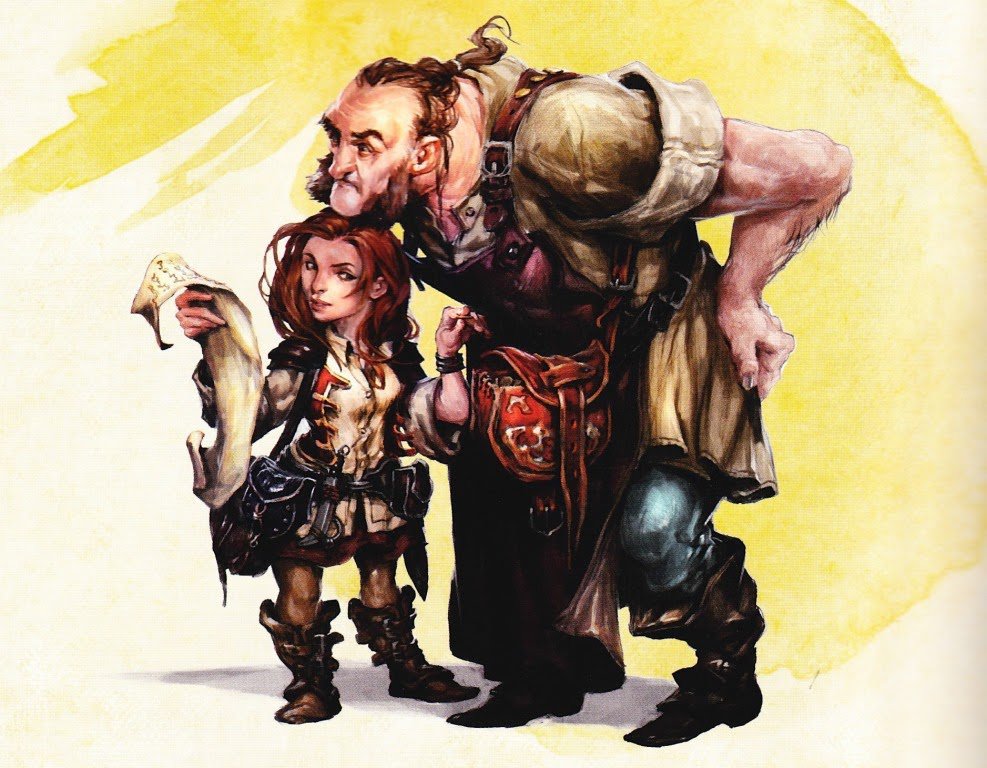
Okay, so I enjoy thief characters, if that isn't painfully obvious.
The point is, you can take spells and use them as you see fit. Spells to make someone grow larger and stronger? That sounds great for combat... but what about casting it on an enemy while they are chasing you into a narrow passage, trapping them? Tabletop games can let that happen with a laugh, a shrug, then the 'computer' - your Dungeon Master - coming up with a ruling that makes sense in the context of the game. The game manual should feel like an open invitation to let players make not just one type of character to 'win', but many different kinds just to have fun and experiment.
Fourth Edition stripped a lot of that away when it focused mostly on combat. In a lot of ways, this edition succeeded in what it wanted to do, but it missed that core mark about what separated it from video games and so many other genres. It was balanced in combat, but combat became the focus of the design instead of storytelling possibilities. There were a metric ton of character options, but the character options didn't let players feel unique from one another. Trust me, I was swept up for a while; every month there was a new book, a new class, pages and pages of new powers. I loved the ideas that these books contained, that they were trying to push boundaries. Sadly, I slowly came to the conclusion that most others had long before I did, that Dungeons & Dragons had become too mechanical. It had focused so hard on the numbers and the concept of balance that it had lost some of its magic along the way.
Fortunately, the designers weren't unaware by any stretch. Interviews with Mike Mearls showed a keen awareness about where players felt as though things had gotten off track. The design team was determined to recapture that original magic, but to also innovate to allow for easier entry for a new generation of players. It was a smart and calculating move by Wizards of the Coast to have the new edition in a massive public playtest for nearly two years. It let them craft something new from the original world that existed back in 1974, making it accessible while also generating hype.
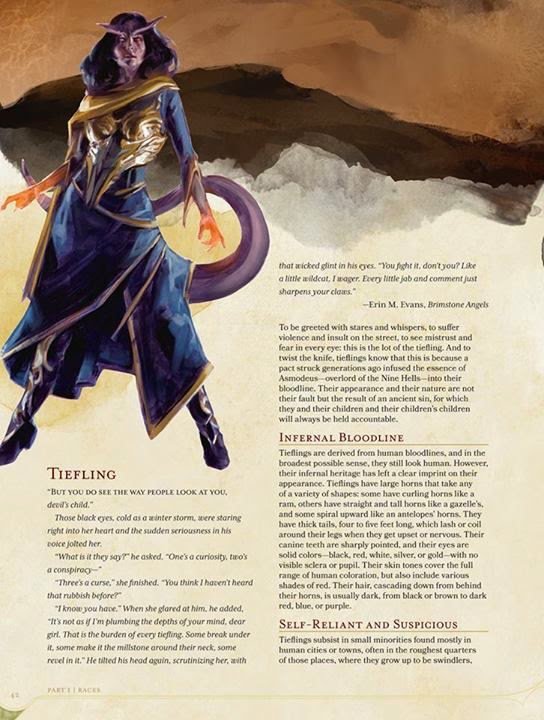
Tieflings made a return in the base game, but that was just the start of it. From the very first book this new edition made sure players felt like they could create something unique and all their own.
It only took a few hours with the new Player's Handbook to know Fifth Edition was going to be something special. To be fair, I had no idea just how special and revolutionary it was going to end up being when I first wrote this article. If I did, I'd be making a living rolling dice and opening my own themed nerd bar.
Inspired, Inspirational, and Balanced Character Creation
For many, it was the Third Edition of Dungeons & Dragons was a holy grail of game design; the D20 system of character creation allowing for customization beyond what previous editions had, while also preserving the archetypes of fantasy in the warrior, the wizard, the rogue, and the cleric. It wasn't always perfect, to be sure, but with book after book of new prestige classes coming out for your characters, who could complain?
A lot of people, actually. Many people loved the system, and would spend hours, and hours, and hours looking through the many published supplements, slapping together characters that were essentially too good for what they were supposed to be. There were flaws on the other side as well, with many growing frustrated that characters like fighters seemed one sided by a lack of special attacks and options, while mages and spell-casters flourished and became like gods at later levels. This was why 4th edition was made, after all, and while many didn't like what it became, it had some great concepts. Making sure every character had abilities to use besides a basic attack was a positive step...even when the new edition followed that idea to a fault.
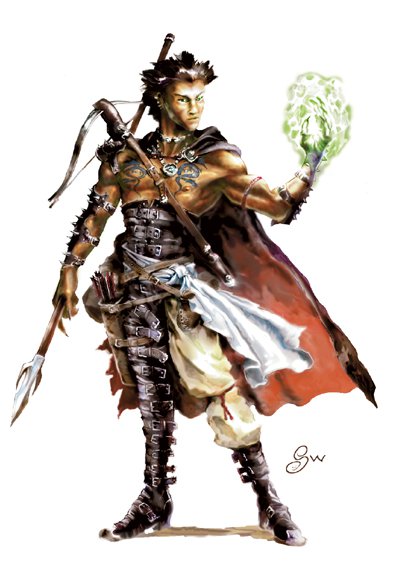
The sorcerer was a class that was brand new to 3rd edition, and still remains one of my favorites to this day.
Both extremes had an issue: a growing sense of complexity, of piles of skill points to add up for rolls, or mountains of abilities to juggle through. Fourth Edition eschewed many chapters on role-playing entirely in their core books to make room for more abilities, while third edition could feel intimidating to start, especially when that one person in your group had a 5th level ranger/3rd level wizard/4th level Arcane Archer/6th level Dervish in their back pocket, having their list of 20+ skills memorized for any occasion.
Fifth Edition threw that complexity away to make Dungeons and Dragons feel like a game again instead of number crunching. The layout was carefully sanded to become more inviting and less intimidating. Skill ranks and the need to carefully dole out your points each level was been removed; instead, as your character leveled up, they recieved stronger positive additions to any rolls they are considered to be 'proficient' at. For fighters, this automatically meant most weapons, and a few choice skills. For wizards it was their spells, and for trickster types... well, they always got a ton of fun bonuses to skills. But again, no need to count ranks, letting you as a player keep track of what you are best at a lot easier.
Classes stood on their own instead of blending into each other; they didn't require prestige classes or multiclassing to feel truly inspired or interesting. Each of the basic 12 classes in Dungeons & Dragons 5th now had several 'sub-classes' that players could choose from, and each created its own distinct flavor without overwhelming players. Bards are a great example: it's a class that was always known for being a jack of all trades almost to a fault. Now, a player could choose between different 'colleges', the base book having Lore or Valor. One college boosted their ability to deepen their magical prowess, letting them learn spells they shouldn't typically know. On the other hand, the other option comes with an additional attack and the ability to don heavier armor, standing in the front lines near fighters (without getting in front of them of course - that'd be dangerous!).
Paladins before Fifth Edition were often known for being a very one-trick sort of character, all made from the same personality. Now, there were different oaths to follow: you could become a noble warrior of devotion that protected civilization, or choose to become a warrior of vengeance, gaining spells less about healing and more about seeking out foes. The paladin of ancients, dedicated to protecting the woods and older creeds, gave abilities such as communing with nature, something that would be unheard of in previous editions of the game. These subclasses were all baked onto the original classes that each felt more useful all on their own. The bard, a class that often felt overshadowed, now was integral to parties thanks to its Bardic Inspiration ability. The Paladin always had its classic Divine Smite attack no matter what Oath they took, keeping its sense of identity.
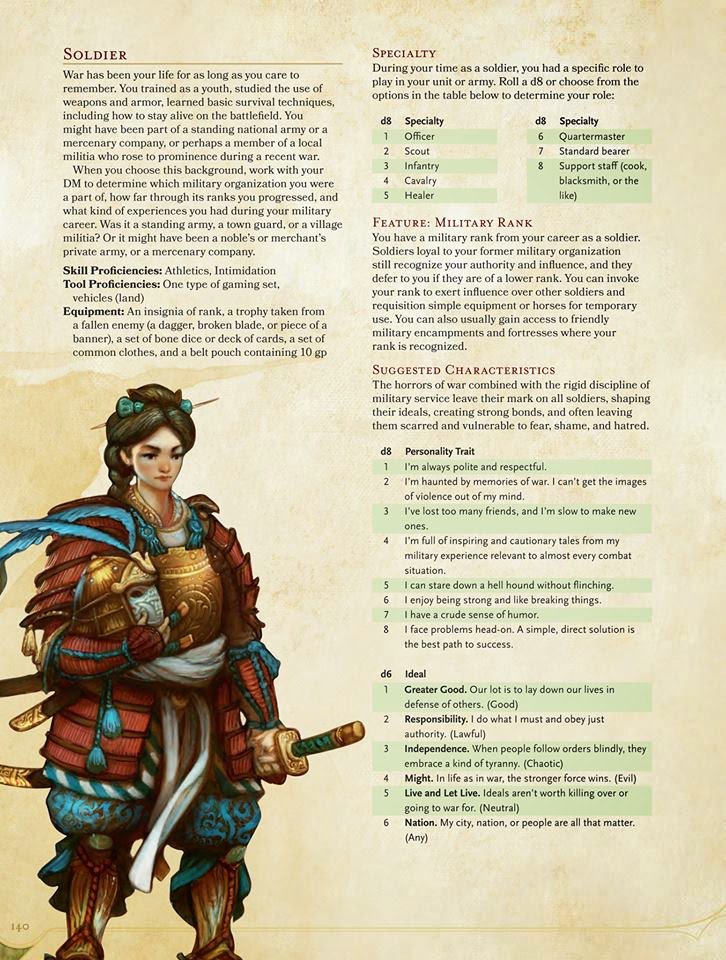
A welcome surprise was seeing backgrounds included in the core rules, bringing back a sense of roleplaying to the series.
The character class system felt smooth and efficient, even natural, with there being less math (and ability to game the system) to get in the way. But In fact, character creation in Fifth Edition went a step further to encourage roleplaying again, actually integrating the idea of character backgrounds into the character creation process. When you made a character, you now choose where they came from: a criminal, an entertainer, a guild artisan, a soldier.. in just the base book, there were plenty of options that gave you both an extra benefit and a stronger sense of identity. I had a blast with this, making characters that might not fit with the standard concept for a class. Sure, I would make a paladin, but my background could be a street urchin, giving me a small bonus to sneaking thanks to the years of tough living before being taken in by the church. I'm could be a rogue, but I was raised for a few years in a monastery first. As an acolyte, it's only fair to use my skills to steal from the rich and give to the poor, or plunder tombs carefully to recover relics as an act of faith. This brought character creation in Dungeons And Dragons beyond just customization, and instead becoming personalization.
If you've never played before, this all might feel overwhelming. Don't worry: after only one day after getting the book and reading it last weekend, I was able to make my first character in only forty-five minutes. I'm not talking about just the concept or some basic skill choices, I'm talking everything. My smug Halfling Sorcerer, Ryn Wyn, was fully made, including spell choices, background and defining traits, skills, and even equipment. It was all down on my character sheet as I stopped the timer. I then made a half-elf Ranger...something outside my field of normal play, but I was able to come up with a background of a soldier that had lost their faith in government, becoming a protector of the road...that character sheet took only twenty five minutes. My third character, a female dwarf monk that meditated to become more in tuned with the forces of stone and fire, only took twenty. These numbers are astonishingly quick compared to previous editions, and yet I felt like each character was complete, filled with potential and personality points.
Faster Understanding Means More Time Playing
The basic rules of play in Dungeons And Dragons now have this wonderful feel; quick to read, yet well thought out, allowing for smooth play. A lot of complicated modifiers to determine amounts to add to a dice roll have been scrapped, being reduced to the DM working to simply determinine whether someone has advantage of disadvantage on a die roll: having advantage lets you roll two dice and choose the higher, while disadvantage makes you choose the lower. Its efficient and flavorful. They included a rule called inspiration - if a player is flavorful in their descriptions, and plays towards their written flaws and ideals, they might get an expendable bonus to give them advantage on a particular roll. There is plenty to work with using just the core books - the Player's Handbook, Dungeon Master's Guide, and Monster Manual - and since the edition's 2014 release, there has been a steady stream of new content to keep players satisfied. It's another point in favor of the new edition; they've done a lot of work to make sure their new content is compelling, taking time to appeal to different styles of players. There was a big deal made when Wizards released Curse of Strahd, a premade adventure that was meant to inspire those who loved gothic horror. Meanwhile Ghosts of Saltmarsh just came out, giving flavor and inspiration for dungeon masters to try aquatic settings and adventures set on ships. Neither of these releases take away from that core set of rules, leaving players feeling like they are missing out on something.
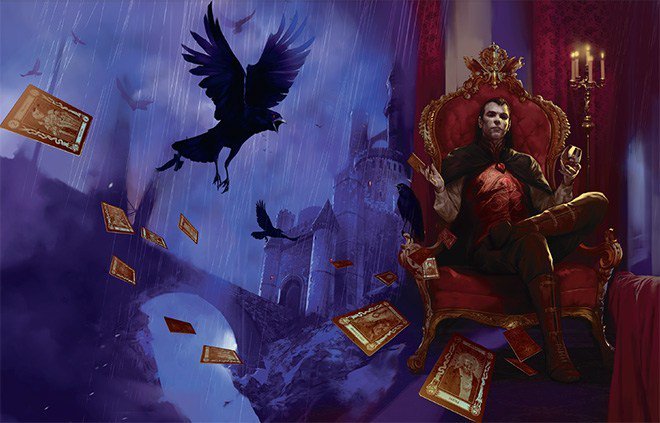
There's something for everyone, without feeling overwhelming.
There are so many other things still to cover, both mechanically and stylisticly. This edition worked towards making spellcasters feel empowered, but not broken in comparison to fighters. The races have been retooled to give more options, even inside of being labelled simply an 'elf'. We can look at how the power level between individual levels has been reduced, making it harder to cause the game to feel unbalanced. There's been a re-dedication to interactivity between Wizards and the player community, with updates called Unearthed Arcana giving players access to rules that designers are tinkering with while working on the next book. While you only need the Player's Handbook to play, there are now years of content to pick and choose from.

The Core Rulebooks still stand on their own five years later - while there are more books to buy, the game felt complete out of the gate.
Is everything perfect and balanced? Absolutely not, and different players are going to find different nitpicks. The Ranger for example seems to be maybe a little too much a hybrid, falling behind the raw damage and attacks of the Fighter or Barbarian while not getting enough spell support like druids or clerics. Some wizard class choices feel much more bland in comparison to others; in the last few years of running games, I feel as though every wizard I run into chooses evocation just so that they can drop fireballs on their own party without worrying about collateral damage. I've also run into some people, mostly experienced tabletop RPG players, who feel this system was too simplified, too reductionist. They wanted a system that was heftier, more complex like the ones in Shadowrun or Exalted. You can't please everyone, and in a game genre this old, you will often have people with pre-conceived notions that color opinion. Still, I believed that Fifth Edition hit a sweet spot of accessibility and playability when I first read the books. Now that I've had a chance to run campaigns for multiple groups, I can safely say that this edition is truly my favorite for its mechanical excellence and its heart. While Third Edition will always have a special place in my memories, the interest in tabletop RPGs has never been higher than it is right now; I don't think that would have been possible without the edits that came with this re-imagining.
Five Years Later - Dungeon Crawling For The Masses
Dungeons & Dragons is now a forty-five year old game. It's had a history that's made it both infamous and a cultural touchstone. It's hard to believe that this game started a moral panic about satanists; now, articles are being published talking about the rise of the professional Dungeon Master, those that can play Dungeons & Dragons for a living. The game is a monolith, and in some ways it feels hard to criticize something that's sort of the Prometheus figure to modern gaming. I know this article is supposed to be a summary of the essentials of 5th Edition, but talking about one part of the game just dovetails into the next.
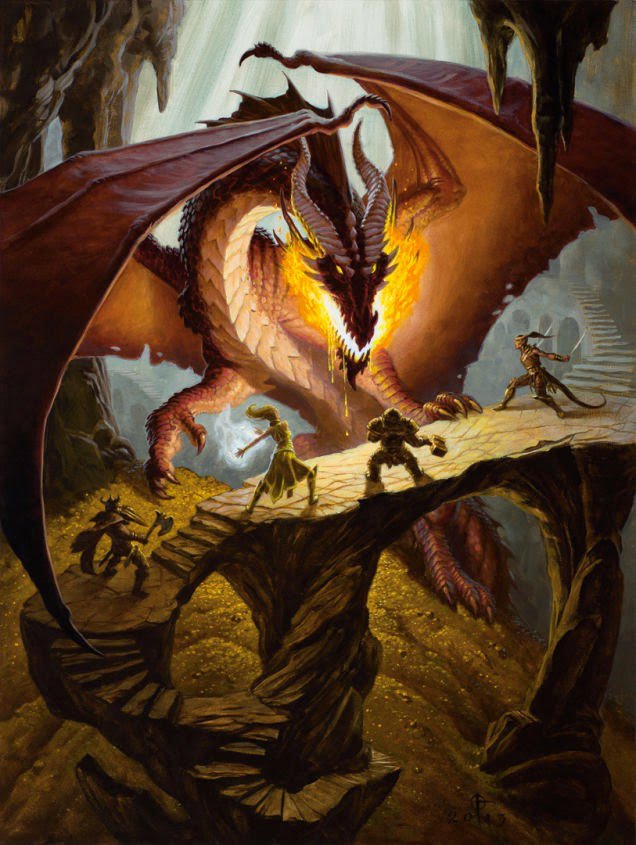
Yes, there are still Dragons. Yes, it's still stupidly fun and epic to fight them.
When I first wrote this article, I was worried that Dungeons & Dragons was trying for its last hurrah. Now its a behemoth in not just the gaming world, but the real one. I originally had to hide my starter box of Third Edition twenty years ago in order to not feel picked on. Now, I'm beating my head against the wall for not going all in sooner; the success of Critical Role starting in 2015 still boggles my mind. The game that I used to be mocked for now gets millions of views online?
As I finish writing, one thing about this Fifth Edition really sticks out in my mind, even years after its first release. It's the art, and how its treatment shows that a lot of time, and care, and forethought went into making this new set. Yes, it is still dramatic high fantasy, with lone heroes slaying hordes of foes, or teams of adventurers attempting daring acts against gargantuan monsters deliciously smeared across many books... yet, something is different. The warrior on the title page of the Player's Handbook is wrapped in desert scarves and wears dreadlocks as their blade flashes in battle. An elven woman floats off the ground, robes and vestments trailing dramatically away from the body while they remain clothed. Characters of color are not reduced to green-skinned orcs and drow, and women don't wear just in chain mail bikinis to distract their foes. This is a game system that's old enough to have grandchildren, and yet it has continued to evolve not just in terms of rules, but culturally as well. It is filled with nostalgia, yet presses forward. After all, everyone deserves an attempt to feel like a hero.
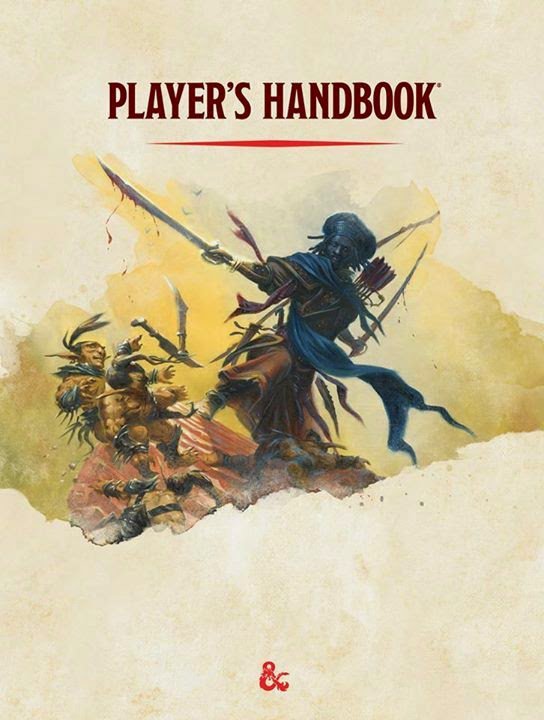
Five years later, I'm still thrilled to see what's coming next for Dungeons & Dragons. Yet at the same time, I feel perfectly content; Fifth Edition has gifted me with a treasure trove of options that I still am far from exhausting. The last few editions lasted about six to eight years before being replaced, but right now I don't feel the need for that to happen. While there is no such thing as a perfect system, Dungeons & Dragons still stands out as one of the ideals of the form. There are plenty in the last forty-five years that have moved on to other games, ones that hit a particular note that resonates with them stronger, and that's great to see. In fact, if I had one criticism with this game franchise, it would be that it has grown so large that it often sucks the air out of the room, hindering other voices and new styles from breaking onto the scene. Even with that in mind however, I can't help but still just be amazed at what this game with no computer screens has managed in 2019. It's a testament to human imagination that a game such as this can compete with the sound and fury of the digital age.
With that in mind, I've got to end this article here before it becomes a book. I've been writing for far too long after all, and I only have a few more days to prepare before I have the chance to kill all my players again on their next adventure. Good luck with being heroes everyone, and if you've never played Dungeons & Dragons before, well there's never been a better time to try.